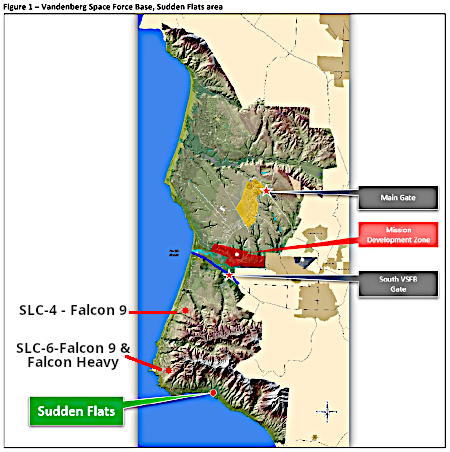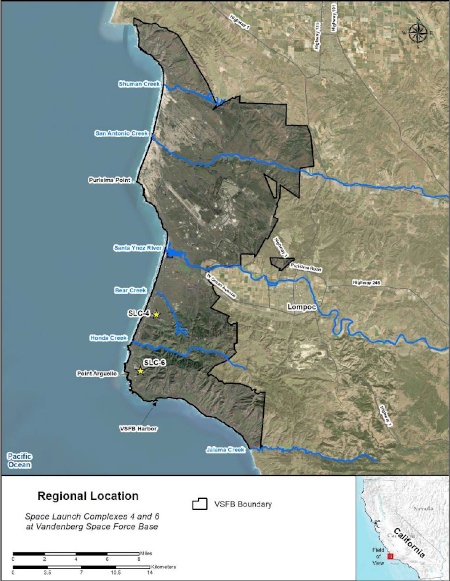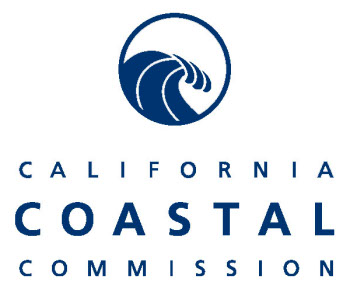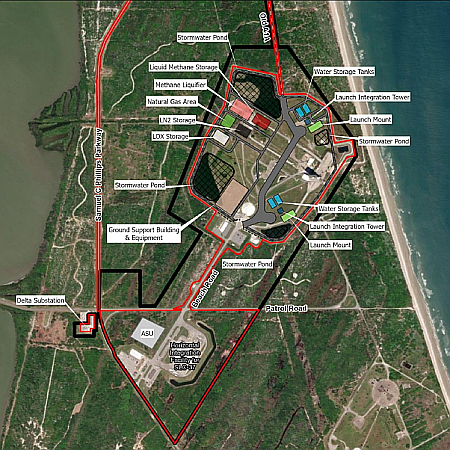Space Force requests proposals for new Vandenberg launchpad for heavy and super-heavy rockets

The Space Force on December 29, 2025 released a request for information (RFI) from the private sector for building a new launchpad at the southern-most tip of Vandenberg Space Force Base, for use by “new” heavy and super-heavy rockets.
The Space Force said it prefers to use the site for new vehicles rather than ones that already have launch sites at Vandenberg, to “increase launch diversity” at the base. The service is also interested in vehicles with “unique capabilities,” such as point-to-point transportation or the ability to return payloads.
The RFI emphasizes the need for “technically mature” vehicles capable of operating from SLC-14 within five years of signing a lease agreement. Companies must also provide details about their operations to address safety concerns and minimize impacts on other launch operators at the base.
You can read the actual RFI here. The map to the right, taken from the RFI and annotated to post here, labels the area under consideration as “Sudden Flats”. SpaceX’s two launchpads are indicated, with SLC-6 presently under development.
Though the description of the request appears to favor SpaceX, it could also apply to Blue Origin’s New Glenn as well as the company’s proposed larger versions of that rocket.
The request asks for proposals within 30 days.

The Space Force on December 29, 2025 released a request for information (RFI) from the private sector for building a new launchpad at the southern-most tip of Vandenberg Space Force Base, for use by “new” heavy and super-heavy rockets.
The Space Force said it prefers to use the site for new vehicles rather than ones that already have launch sites at Vandenberg, to “increase launch diversity” at the base. The service is also interested in vehicles with “unique capabilities,” such as point-to-point transportation or the ability to return payloads.
The RFI emphasizes the need for “technically mature” vehicles capable of operating from SLC-14 within five years of signing a lease agreement. Companies must also provide details about their operations to address safety concerns and minimize impacts on other launch operators at the base.
You can read the actual RFI here. The map to the right, taken from the RFI and annotated to post here, labels the area under consideration as “Sudden Flats”. SpaceX’s two launchpads are indicated, with SLC-6 presently under development.
Though the description of the request appears to favor SpaceX, it could also apply to Blue Origin’s New Glenn as well as the company’s proposed larger versions of that rocket.
The request asks for proposals within 30 days.



